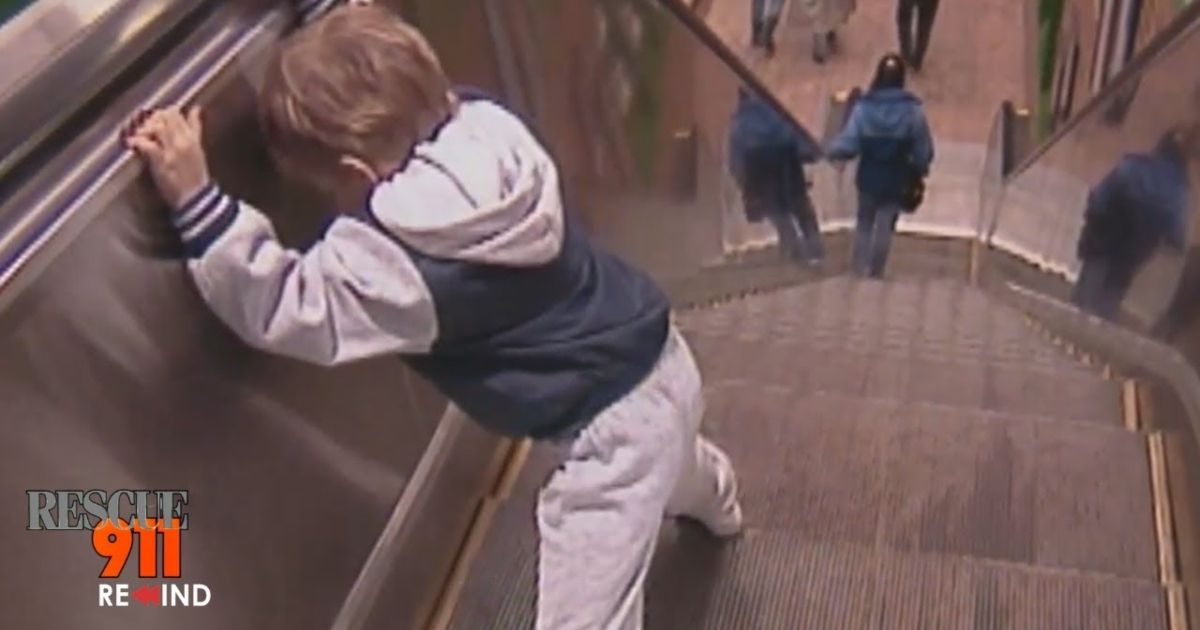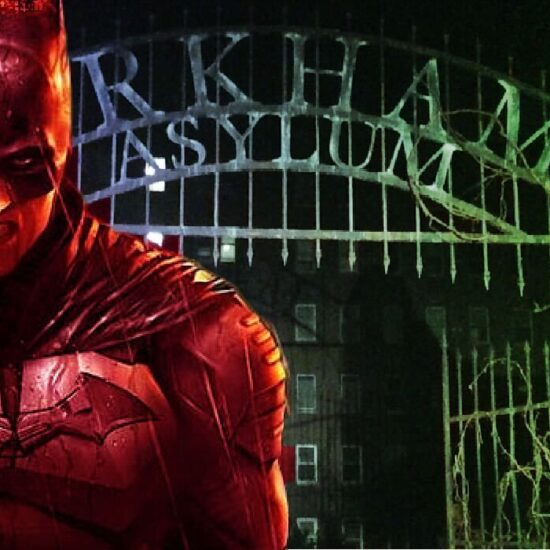As part of our continuing William Shatner appreciation series, we bring you a look back at the most underrated era of his TV history, the one where he made your mom so terrified you would drown that she forced you to wear swimmies in the bath tub until you were nine.
Unlike modern shows that are built on fake drama and obviously-staged events, Rescue 911 chronicled the bizarre and occasionally intense job of EMT as they traveled around the US meeting some very clumsy people in need of help, often with glorious early nineties fashion and mullets. It was a perverse glimpse into not only the lifestyles of Middle America but its fears and strengths as it overcame adversity and killer sofas.
Whether you got crushed by your garage door, had a toothbrush lodged next to your carotid artery, or your baby tried to devour the Christmas decorations, Rescue 911 had your emergency-room fix covered every Tuesday at eight. America had to learn to fear killer bees sooner or later, and if no one was else going to do job, Shatner would teach us what anaphylactic shock meant.
Jokes aside, the show demonstrated in graphic and fairly realistic detail the importance of first aid training and being aware of your environment and staying calm. Kudos for some pretty impressive child stunt work, by the way. Can’t be easy to obtain a child to light on fire on a TV budget. These stories are true even if Bill’s hair is not.
Everything Is Going to Kill You
Oddly enough, Shatner’s co-star from Star Trek, Lenord Nimoy, almost got the gig instead, but producers thought the Vulcan was not a good fit and went with someone with more of a human touch. That, and he played a cop for a couple of years on T.J. Hooker. So, who better to narrate an educational series about bears falling off of power lines than Shatner? Nimoy was, at this stage in his career, more into ghosts and aliens anyway after hosting In Search of years prior.
Don’t worry, these suburban dramas have a happy ending, never mind that dramatic opening music. But the underlying theme of the show was simple: everything could potentially send you to the grave. Every week ,parents suffered a heart attack wondering what household appliance was waiting to give their kids brain damage or rip their tongues out. It’s not just your part-time python baby-sitting gig that you need to worry about, but your own house plotting your demise as you sit on the couch literally doing nothing, being poisoned by carbon monoxide. Recently adopted across the country, the 911 emergency line was TV gold.
Inside the Mind of a First-Responder
Paramedics and police are always on edge, not always for the safety of others, but their own, never sure what lies behind the next door they knock on, whether that be a rabid animal or psychopath with a gun. Thankfully, most episodes of Rescue 911 were rather mundane, mostly freak accidents. The greatest moments of the show were usually the ones that highlighted the stupidity of criminals and kids. Just in time for Christmas, one burglar pulled his own Santa act, sneaking down the chimney in his bid to recreate the Grinch’s antics, getting stuck instead.
As Shatner eloquently put it in one episode, “Sometimes even the most familiar places can hide some frightening surprises,” and sometimes your kid gets lodged in the laundry chute in an over-enthusiastic game of hide and seek or “accidentally” ignites in his treehouse. You know you messed up when the EMTs need to engage in emergency remodeling just to pry you loose, but these are the sorts of ridiculous scenarios that ambulance crews have come to prepare for over the years.
Shatner Saves
Nothing quite sums up America like the phrase, “Bob, get the gun. There’s an alligator with a kid in his mouth.” When the country watched they saw a mirror held back up at them. The success was mostly accidental.
Rescue 911 began each episode with the simple disclaimer: “This program contains true stories of rescues. All of the 9-1-1 calls are real. Whenever possible, the actual people involved have helped us reconstruct the events as they happened.” Through a cathartic desire to purge their trauma, or just to get on TV, the victims happily acted out their real-life close calls, reliving their near-fatal pool shenanigans.
For 10 minutes you could parlay your harrowing escape from danger into national fame. It all seems so wholesome and neighborly in comparison to modern viral clips where people will risk death by consuming pink slime to get views. Far from catastrophizing their mishap, the entire show is permeated by a casual tone. Most victims when interviewed remained incredibly relaxed as they recalled the stench of their own charred flesh or how they dragged themselves three miles to reach a pay telephone in a gas station, seeming to reach a Zen state, contemplating their own potential demise. The most disturbing aspect of the program for modern viewers isn’t the injuries but the idea of not having a smartphone.
Through the run of the docudrama, there were two special series episodes, which featured guests who spoke of how the show helped them survive their own near-misses. Sure, it’s no Revenant, but it puts you in the frame of mind to have to consider what you would do if placed in the same situation. We can only assume fire extinguisher and first-aid kits sales skyrocketed after parents saw the bodies of flaming children falling from the sky.
The show undeniably had a major impact on viewers. Disaster can strike at any moment and knowledge is key. You laugh now, but you’ll wish you paid attention to the valuable information Shatner imparted the next time you get your tongue stuck in a bottle. Where else are you going to learn how to alleviate drinking-vessel-related mishaps with power tools?















